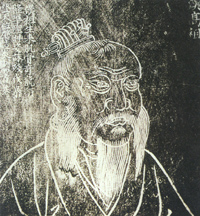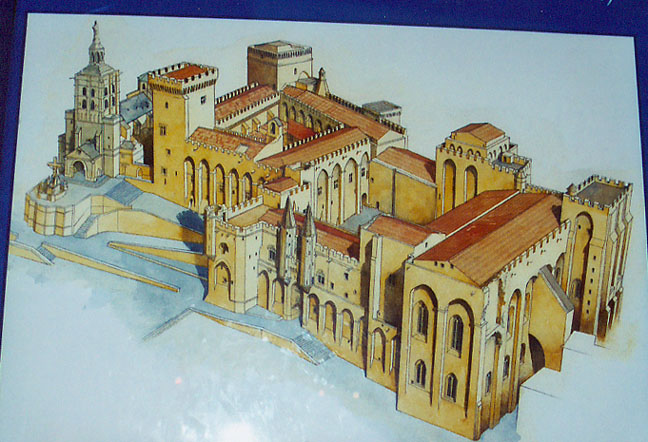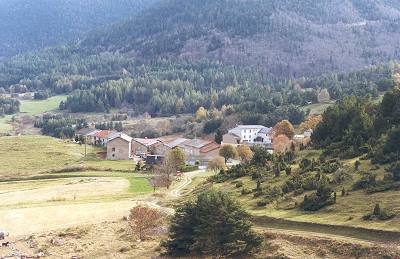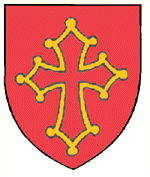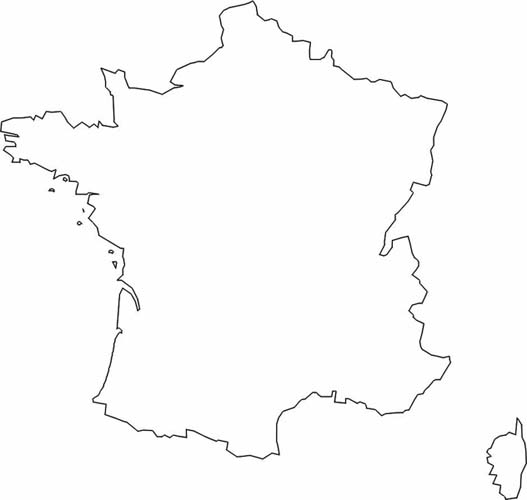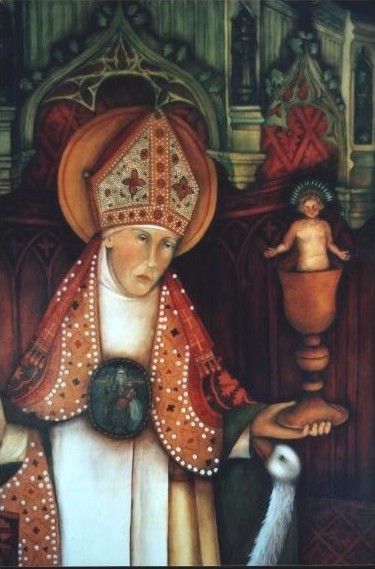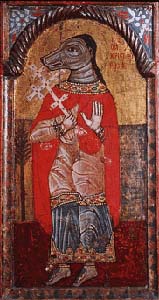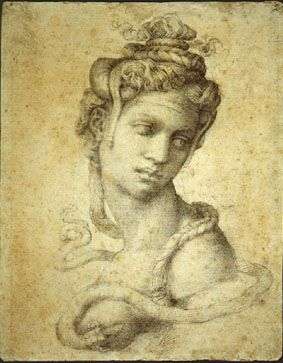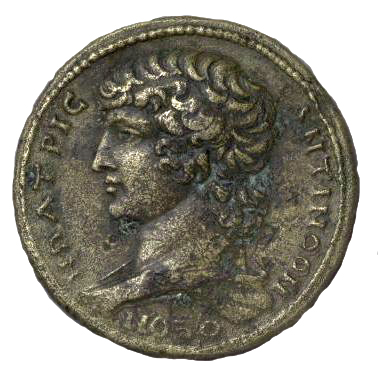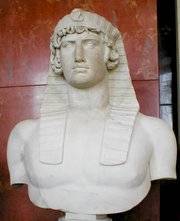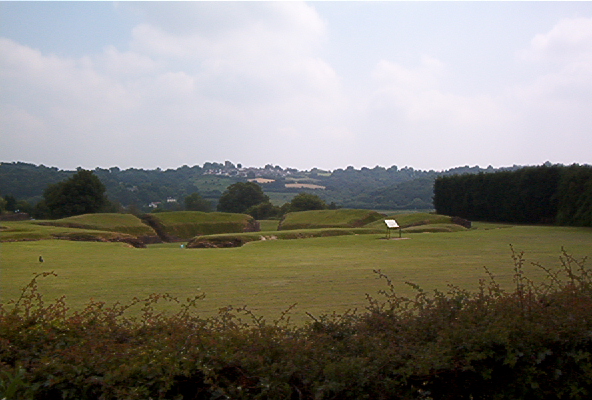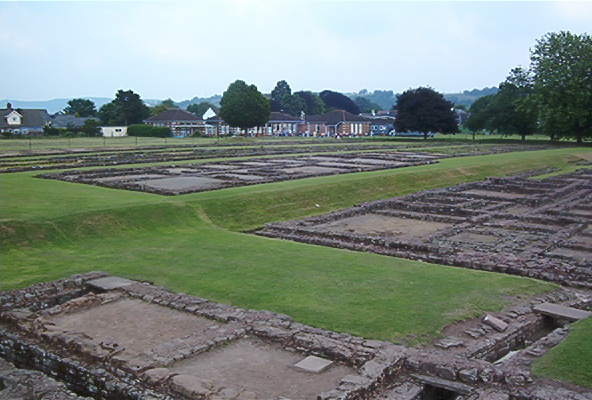And here are the answers:
or administration and trade, and sometimes more than one (1 point each language, 10 total)
a. What was the lingua franca for the Dutch East Indies? [No, it wasn't Dutch.]
Malay. The Portuguese also used it, and it's still used today (rechristened Indonesian.)
b. How about Ceylon under the Dutch?
Portuguese in a creole form. (They had colonies on Sri Lanka before the Dutch and their language was used as a lingua franca in the Indian Ocean for centuries.).
c. How about the Chaldean Empire?
Aramaic (I also accept Syriac for Aramaic)
d. Assyria had two, one for the old empire, and one in its later years. What were they?
Akkadian (Presumably the Assyrian dialect), then
Aramaic. The Assyrians were (unintentionally) a big reason Aramaic became so dominant in the region. When they deported populations, they created multilingual communities which needed a language to communicate. Since the largest of the deported populations spoke Aramaic, the other deportees learned it, and eventually it became an official language over the whole empire. It helped that Aramaic used an alphabet while Akkadian used cuneiform (adopted from Sumerian, and about as suitable as using Chinese characters to write Japanese).
e. Achaemenid Persia (the one founded by Cyrus the Great) had three, not necessarily all at the same time. What were they?
Persian (duh),
Aramaic and
Elamite. Greek existed in the western empire, but didnt become a lingua franca until the Hellenistic period. I also accepted
Avestan, because I suspect it may have been used as the religious language before the conquest of Lydia.
f. How about the Silk Road, circa 800 AD?
Sogdian. Nobody got this, and I wouldn't have either,
g. And finally, what was the court language of the Mughals?
Persian. They also used Turkish as a military language, and may have used Urdu for some things.
2) What was this the flag of? Where was this located?
(2 points)
It is the flag of the
Seventeen Provinces from the sixteenth century. These started out as the Burgundian Netherlands, then the Spanish. They lay where the Netherlands, Belgium and Luxemburg are now, with a little overlap into what are modern Germany and France. There are seventeen little leaves on each of the crossbars, symbolizing the seventeen provinces. Variants of this were used as a Spanish flag, and are known as the
Cross of Burgundy. I think this particular flag would have been used during the reign of Charles V of the Holy Roman Empire, who reunited the provinces, and probably during the reign of Philip II of Spain, so, reluctantly, I have to accept that as an answer.
3) This dynasty managed to succeed father to son for 18 generations, excluding one brief usurpation by an outsider who was succeeded by the son of the usurped king. 21 years after the succession failed, the kingdom ended. Which dynasty was this? (2 points)
The House of David, the first two of which, David and Solomon ruled over Israel (including Judah), the rest over Judah alone. The interruption was by Athaliah. The last of the string was Jehoahaz, who was deposed in favor of his brother by the Egyptians in 609 or 608, ending 400 years of father-to-son successions.
4) For what is Tibbles the lighthouse keepers cat chiefly remembered? (2 points)
For exterminating the Stephens Island Wren. I think this is the only species whose extinction is attributable to one animal.
5) What was the major invention of Alexandre de Rhodes? [2 points]
The Vietnamese Alphabet (Quôc-Ngu)




